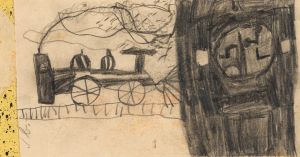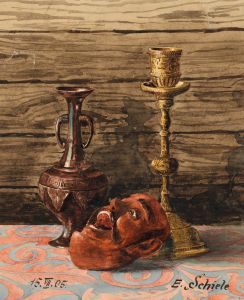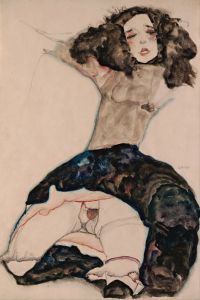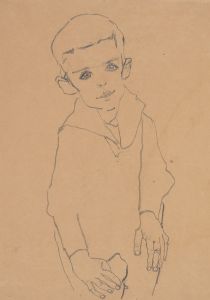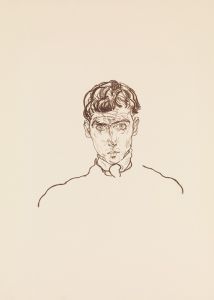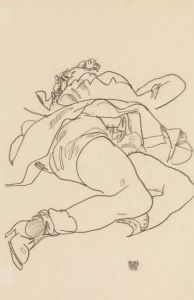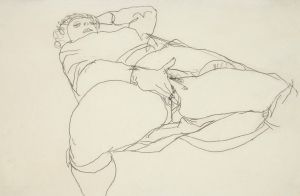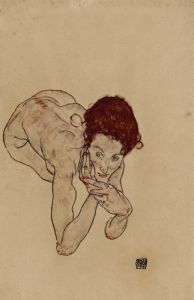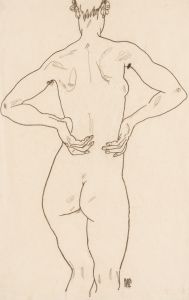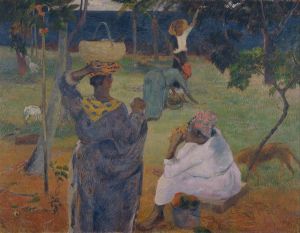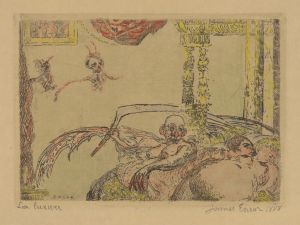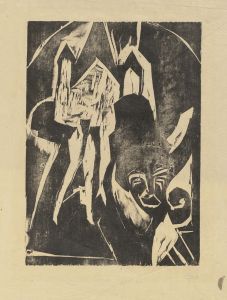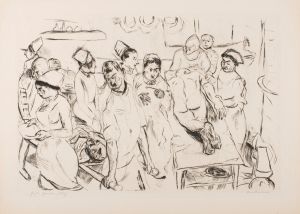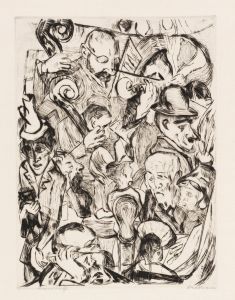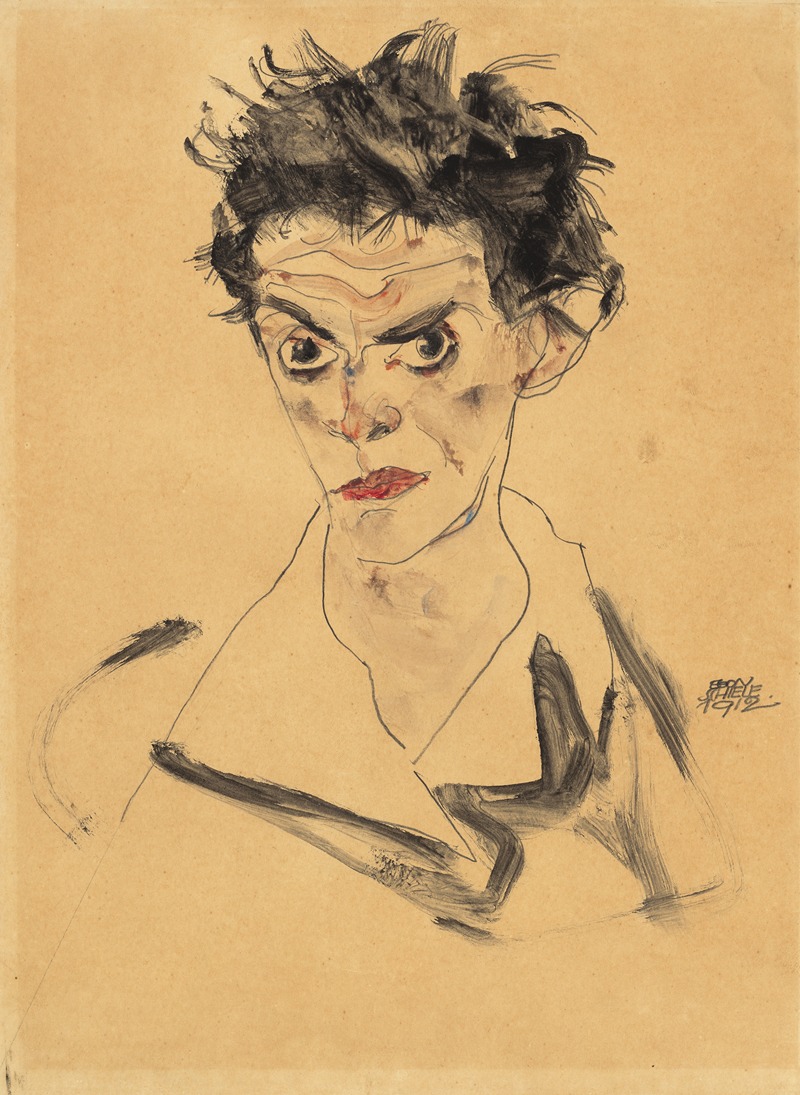
Self-Portrait
A hand-painted replica of Egon Schiele’s masterpiece Self-Portrait, meticulously crafted by professional artists to capture the true essence of the original. Each piece is created with museum-quality canvas and rare mineral pigments, carefully painted by experienced artists with delicate brushstrokes and rich, layered colors to perfectly recreate the texture of the original artwork. Unlike machine-printed reproductions, this hand-painted version brings the painting to life, infused with the artist’s emotions and skill in every stroke. Whether for personal collection or home decoration, it instantly elevates the artistic atmosphere of any space.
Egon Schiele (1890-1918) was an Austrian painter known for his intense and often provocative self-portraits and figurative works. One of his notable self-portraits is "Self-Portrait with Physalis," created in 1912. This painting is an exemplary piece that showcases Schiele's distinctive style and his exploration of the human form and psyche.
"Self-Portrait with Physalis" is an oil painting on wood panel, measuring approximately 30.5 cm by 39.5 cm. In this work, Schiele presents himself in a frontal pose, gazing directly at the viewer with an intense and almost confrontational expression. His gaunt face, with its sharp angles and prominent cheekbones, is rendered with a high degree of detail, emphasizing the artist's introspective and somewhat tortured persona.
One of the most striking features of this self-portrait is the use of the physalis plant, also known as the Chinese lantern plant, which Schiele holds in his hand. The bright orange lantern-shaped husks of the physalis contrast sharply with the muted tones of his skin and the dark background, drawing attention to the artist's hand and adding a symbolic element to the composition. The physalis may be interpreted in various ways, including as a symbol of fragility, transience, or even as a representation of Schiele's own artistic vitality.
Schiele's technique in this painting is characterized by bold, expressive lines and a limited but striking color palette. He uses a combination of fine brushwork and broader, more gestural strokes to create a sense of texture and depth. The background is kept relatively simple, allowing the figure to stand out prominently. This focus on the figure and the psychological intensity of the gaze are hallmarks of Schiele's self-portraits.
Egon Schiele was a key figure in the early 20th-century Austrian art scene and a protégé of Gustav Klimt. His work is often associated with the Expressionist movement, although it also contains elements of Symbolism and Art Nouveau. Schiele's self-portraits, including "Self-Portrait with Physalis," are notable for their raw emotional power and their unflinching examination of the self. They often explore themes of identity, sexuality, and mortality, reflecting the artist's own turbulent life and inner struggles.
Schiele's career was tragically cut short by his untimely death at the age of 28 during the Spanish flu pandemic in 1918. Despite his brief career, he left behind a significant body of work that continues to be celebrated for its emotional intensity and innovative approach to portraiture and the human form.
"Self-Portrait with Physalis" remains one of Schiele's most recognized and studied works, exemplifying his unique artistic vision and his ability to convey complex psychological states through his art. Today, Schiele's works are held in major museums and collections around the world, and he is remembered as one of the most important and influential artists of his time.





